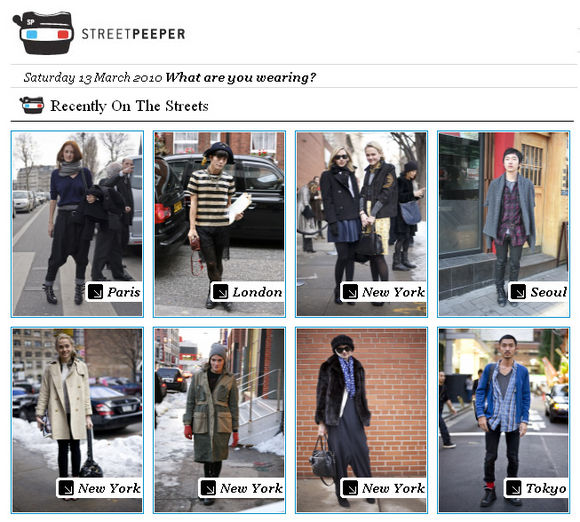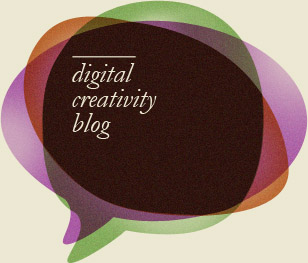
In a truly amazing short film the credits said 'inspired by one million true stories' which inevitably reminded me to what I read in Marketing Week about 'crowdsourcing'. As used in advertising Crowdsourcing is about gathering inspiration from those who are central to every marketing communication: the customers.
Wasn't that always the case anyway? In the past it was expensive marketing research and questionnaires that did what nowadays can be provided for free by social media and feedback data. In 'We-think' Charles Leadbeater mentions Wikipedia, Open-source programming and Obama's innovative online-strategy as examples of successful collaborative work. Similar to James Surowiecki's famous 'Wisdom of Crowds' the argument is that large crowds can achieve more that an elite few.
Surely this is common sense in marketing research and crowd-participation in generating cultural content is great, by all means. But - and this is what confuses me - there are still the 'few elites' deciding on who deserves to be heard. They decide which customer feedback deserves to be read by others. They decide which idea from focus groups deserves to be included in the next presentation for the client. This is what Asda chief executive Andy Bond calls 'democratic consumerism' (Marketing Week).
Crowdsourcing is all about objectivity is what I can make of that. Objectivity that every external advertising or marketing agency is supposed to supply. Isn't then crowdsourcing undermining the credibility and very existence of agencies if all you have to do is in fact listen to your customers?

 Another great example of a crowdsourcing campaign is 'Got Milk' by Goodby Silverstein. The agency conducted a market research which had a consumer answering: 'the only time I think of milk is when I ran out of it'. This led to one of the most famous slogans in advertising.
Another great example of a crowdsourcing campaign is 'Got Milk' by Goodby Silverstein. The agency conducted a market research which had a consumer answering: 'the only time I think of milk is when I ran out of it'. This led to one of the most famous slogans in advertising.
